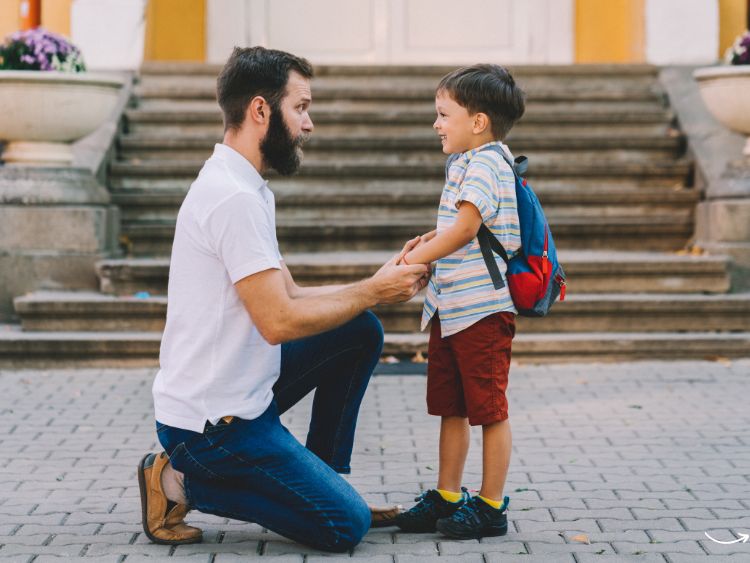Welcoming a new baby into your family is a beautiful journey, but it also comes with an array of decisions. One of the first things on your list is likely the baby crib. But with so many options out there, how do you choose the best one for your little one? This guide will walk you through everything you need to know about baby cribs—from styles and safety features to FAQs that’ll help you make the best decision for your nursery.
What is a Baby Crib?
A baby crib is a specially designed bed for infants. It’s more than just a place for your baby to sleep—it’s a safe haven for them to rest, play, and grow during those crucial early months. Baby cribs come in various shapes, sizes, and styles, but their core purpose remains the same: to provide a safe, comfortable, and secure space for your baby.
Types of Baby Cribs
When shopping for a baby crib, it’s easy to feel overwhelmed. Let’s break down the most common types so you can decide which suits your needs.
- Standard Baby Cribs
The traditional, sturdy, and classic design. These cribs are usually made of wood and are built to last. A standard crib doesn’t convert into anything else, but it’s timeless and reliable.- Pros: Durable, classic design
- Cons: No flexibility for future use
- Convertible Cribs
These are the multitaskers of the crib world! They start as cribs but can later be transformed into toddler beds, daybeds, and even full-sized beds. Talk about getting more bang for your buck!- Pros: Long-lasting, adaptable
- Cons: Higher upfront cost
- Mini Cribs
Mini cribs are perfect for those tight on space. They’re smaller and more compact, making them ideal for small apartments or parents who want to keep the crib in their room.- Pros: Compact, affordable
- Cons: Baby will outgrow them quicker
- Portable Cribs
On-the-go parents? A portable crib might be your best friend. These cribs are lightweight, foldable, and easy to transport—perfect for traveling families.- Pros: Lightweight, easy to store
- Cons: May lack some sturdiness
Baby Crib Safety Features
When choosing a crib, safety should be your number one priority. After all, your baby will be spending a lot of time in it! Here’s what to look for:
- Fixed Sides: Avoid cribs with drop-side mechanisms, as they’ve been banned for safety reasons.
- Proper Spacing Between Slats: Make sure the slats are no more than 2 3/8 inches apart to prevent your baby’s head from getting stuck.
- Mattress Height: Look for cribs that allow you to adjust the mattress height. Lower the mattress as your baby grows to prevent them from climbing out.
- Certifications: Make sure the crib meets all necessary safety certifications like the JPMA (Juvenile Products Manufacturers Association) seal.
- No Bumpers: While they may look cute, crib bumpers are not recommended due to the risk of suffocation or strangulation.
How to Choose the Best Crib for Your Baby
Now that you know the types and safety features, how do you pick the right one? Here are a few things to consider:
- Space
Measure your nursery space before buying a crib. If you’re tight on space, consider a mini or portable crib. If you have room, a standard or convertible crib might be a better long-term investment. - Budget
Baby cribs come in a wide range of prices. Decide what features are most important to you and stick to a budget that works. Convertible cribs tend to cost more but save money down the road since they grow with your child. - Design
Are you going for a modern nursery, or do you prefer a more classic look? Your baby’s crib will be a focal point, so choose something that fits your aesthetic. Wood cribs offer a timeless charm, while metal cribs give off a modern vibe. - Ease of Assembly
Trust me, you don’t want a crib that requires an engineering degree to put together! Read reviews on how easy the crib is to assemble before purchasing.
FAQ: Baby Cribs
Q1: When should I transition my baby from a bassinet to a crib?
Most babies outgrow their bassinet between 3 to 6 months, or once they start rolling over. If your baby seems too snug in the bassinet, it’s probably time to move them to a crib.
Q2: How long will my baby use a crib?
Typically, babies use cribs until they are 2-3 years old, depending on their size and activity level. If you’re using a convertible crib, it can last much longer!
Q3: Should I buy a second-hand crib?
It’s recommended to buy new cribs that meet the latest safety standards. If you’re set on getting a used crib, ensure it meets modern safety guidelines and isn’t missing any parts.
Q4: How can I make my baby’s crib more comfortable?
Stick with a firm mattress, and avoid adding pillows or thick blankets due to suffocation risks. You can add a fitted sheet and a wearable blanket to keep your baby cozy and safe.
Q5: Do I need any special crib accessories?
Crib accessories should be kept to a minimum for safety reasons. Skip the bumpers, but you can invest in a mattress protector and some breathable crib sheets.
Conclusion
Choosing a baby crib is one of the most important decisions you’ll make as a new parent. It’s where your baby will sleep, dream, and grow! Whether you go for a convertible crib that lasts for years or a portable option for on-the-go naps, make sure to prioritize safety, comfort, and functionality. With this guide, you’re well-equipped to make the best decision for your little one.
Authoritative Links:
- www.safekids.org/safetytips/field_risks/crib-safety
- www.jpma.org/page/cribsafety
- www.nichd.nih.gov/sts/about

